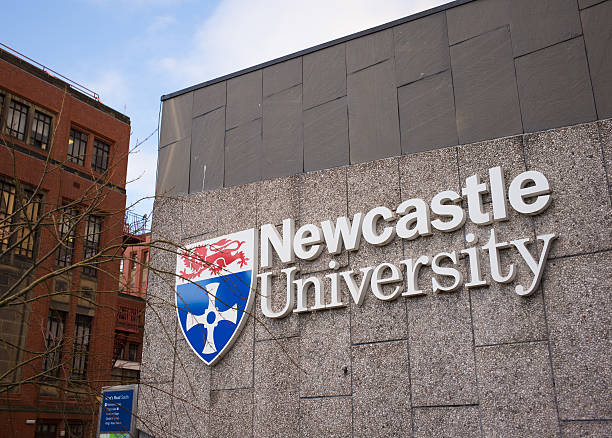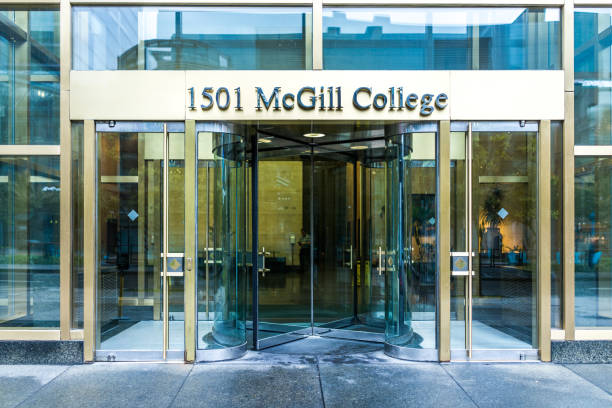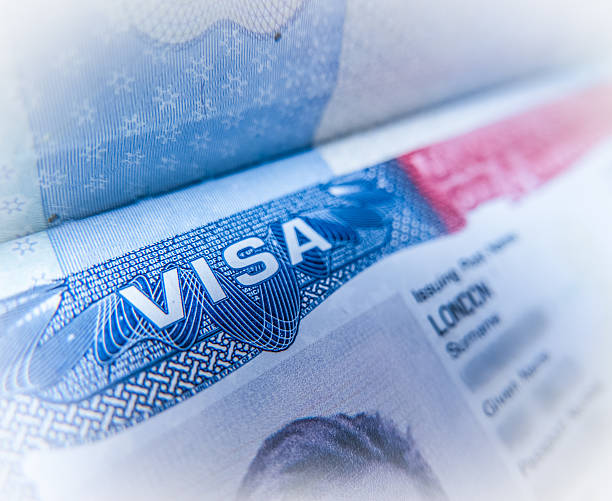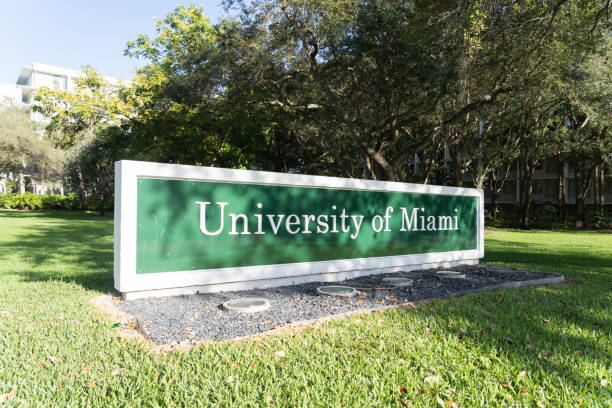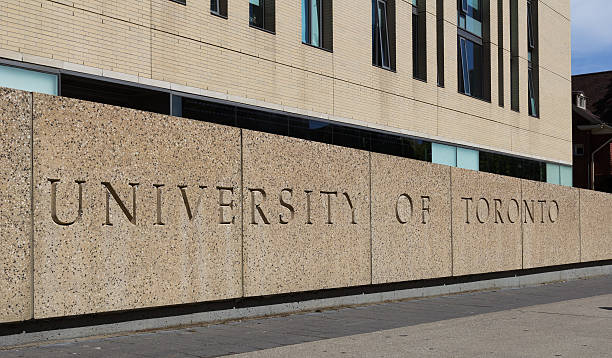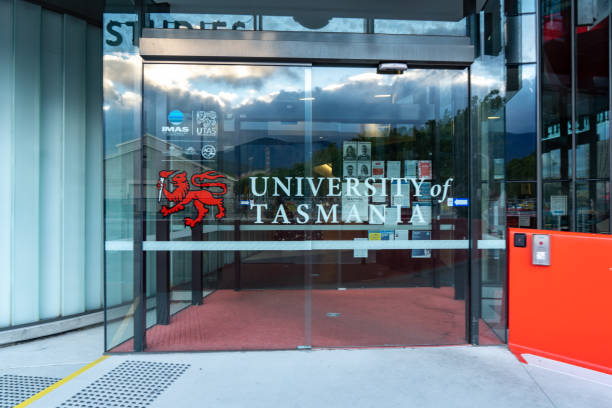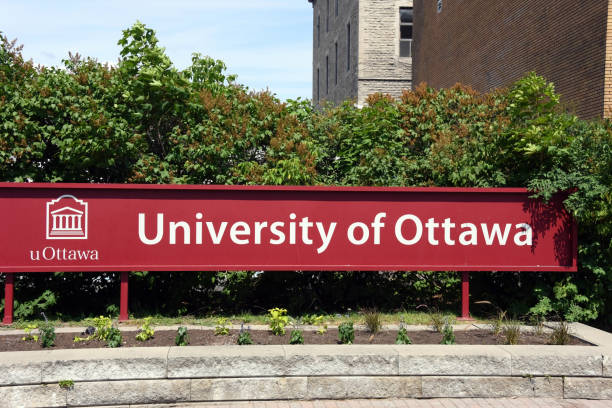$10,000 Visa Sponsorship Jobs in Australia for Skilled Immigrants
Australia’s growing labor economy provides excellent prospects for talented immigrants seeking visa sponsorship. With a strong economy and diversified industries, the country has become a magnet for international workers seeking to advance their careers abroad. This spike in demand for foreign talent has resulted in an abundance of sponsored positions in Australia, encompassing a wide range of industries and skill levels.
To successfully navigate this landscape, job searchers must understand the intricacies of employer-sponsored visas and sponsorship visa regulations in Australia. This article digs into the important industries with high demand for skilled immigrants, details how to acquire visa sponsorship positions in Australia, and discusses common issues encountered by foreign workers. By investigating these issues, readers will receive useful insights into how to make their Australian professional goals a reality.
Understanding the Australian Employer Sponsored Visas
Australia has numerous employer-sponsored visa alternatives for talented immigrants looking to work in the nation. These visas enable Australian firms to address labour shortages by hiring foreign workers when qualified local candidates are unavailable. The primary forms of employer-sponsored visas are:
Temporary Skill Shortage Visa (TSS)
The TSS visa (subclass 482) allows firms to sponsor foreign workers for temporary assignments. It contains three streams:
Short-term stream: For occupations on the Short-term Skilled Occupations List (STSOL).
Medium-term stream: For occupations on the Medium and Long-term Strategic Skills List (MLTSSL).
Labor Agreement stream: For employers who have specific arrangements with the government.
TSS visa holders must have at least one year of work experience in their designated occupation. The term of the visa varies by stream, with some holders able to obtain permanent residency.
The Employer Nomination Scheme (ENS)
The ENS visa (subclass 186) is a permanent visa in three streams:
Temporary Residence Transition: For TSS visa holders who have worked for their employers for at least three years.
Direct Entry: For applicants with significant skills and experience.
Agreement: For applicants sponsored under a labor or regional migration agreement.
Applicants must be under 45 years old, possess suitable qualifications or abilities, and meet English language requirements.
Skilled Employer Sponsored Regional (SESR) Visa
The SESR visa (subclass 494) is intended for regional firms experiencing talent shortages. It enables them to sponsor skilled foreign workers to work in specific regions of Australia.
These visa systems impose certain criteria on both companies and applicants, such as labor market testing, wage thresholds, and training contributions. They seek to strike a balance between the needs of Australian businesses and the safety of both local and international personnel.
Eligibility Criteria and Application Process
To be eligible for visa sponsorship, prospective immigrants must meet particular criteria. Applicants must demonstrate proficiency in high-demand industries like technology, healthcare, and engineering. The application procedure includes a comprehensive evaluation of qualifications, work experience, and language skills. Successful candidates will receive expedited processing and specialized support to ease their adjustment to life and work in Australia.
Benefits to Immigrants and the Australian Economy
This scheme provides various benefits to both skilled immigrants and the Australian economy. It offers foreigners a road to permanent residency and access to Australia’s high standard of living. The Australian economy benefits from the influx of diversified talent, which is projected to promote innovation, enhance productivity, and contribute to long-term economic growth. This strategic approach to immigration demonstrates Australia’s desire to remain competitive in the global market for talented workers.
Key Industries With High Demand for Skilled Immigrants
Australia’s labor environment provides several chances for talented immigrants in a variety of fields. Several industries are known for their strong demand for international talent and visa sponsorship opportunities.
Mining & Resources
The mining and resources sector continues to make a considerable contribution to Australia’s economy. Companies such as Golding Contractors provide great opportunities with competitive pay ranging from $155,000 to $170,000 plus superannuation. These positions frequently offer excellent advantages, such as a positive work environment and infrastructure. Many employment are located in regional places, such as less than two hours from Mackay, and provide a distinct Australian experience.
Information Technology
The IT industry in Australia is quickly expanding, with Visa leading the way in payments and technology. They provide positions requiring competence in card issuing portfolio management, data analysis, and program sponsorship. These positions frequently come with visa sponsorship opportunities for qualified people.
Skilled immigrants are in high demand in healthcare and medical industries. St Vincent’s Health Australia aggressively recruits overseas healthcare workers and provides visa sponsorship to qualified applicants. They are looking for registered midwives and nurses with experience in a variety of disciplines, including mental health, critical care, and emergency medicine. The organization provides financing for immigration charges as well as access to world-class training.
Construction
The construction business has a steady demand for competent labor. Welders and boilermakers are in high demand, with many employers offering competitive hourly wages, penalties, and overtime opportunities. These professions frequently offer stable workloads and opportunities for skill growth.
Education
The education industry also provides chances for talented foreigners. Positions in workplace training and assessment are available, with some offering visa sponsorship to qualified early childhood educators. These positions enable professionals to live and work in Australia while contributing to the country’s educational system.
To secure a visa sponsorship job, research eligible occupations.
Individuals must conduct research on acceptable occupations before beginning the process of applying for a visa sponsorship employment in Australia. The Australian government maintains a Skilled Occupation List that includes the Australian and New Zealand Standard Classification of Occupations (ANZSCO) codes for all qualifying occupations. This list includes information about the skill levels of jobs, as well as the qualifications and experience required to work in these fields. It also specifies if the occupation is listed on the Medium and Long-term Strategic Skills List (MLTSSL), the Short-term Skilled Occupation List (STSOL), or the Regional Occupation List.
Acquire relevant qualifications and experience.
Once an eligible occupation has been determined, the next step is to get the required qualifications and experience. Most employer-sponsored visas require at least two years of recent relevant work experience. However, the particular credentials required may differ according to the occupation. It is critical to demonstrate academic credentials, certificates, and hands-on experience in the desired profession. A strong understanding and passion for the sector might help a candidate stand out to potential sponsors.
Improve your English language skills.
Strong English language abilities are required to secure a visa sponsorship job in Australia. Many visa types, including skilled migration and employer-sponsored visas, require applicants to demonstrate their English language proficiency using approved tests such as IELTS, OET, TOEFL, PTE Academic, or Cambridge English: Advanced. Regular practice, structured courses, language learning applications, and immersion approaches can all help you enhance your English skills. The Australian Government’s Adult Migrant English Program (AMEP) also provides free English language classes to qualifying migrants.
Network with Australian employers.
Networking is essential for discovering sponsorship opportunities. Creating a professional online profile, connecting with industry professionals through platforms such as LinkedIn and Facebook, and attending industry events can all help you build relationships that could lead to employment offers. Crafting interesting communications and following up with connections might improve your chances of landing a sponsored employment. When networking with potential employers, you should demonstrate adaptability, cultural awareness, and a desire to contribute to Australia’s growth and prosperity.
Tips for overcoming common challenges and competing for positions.
The Australian work market is extremely competitive, particularly for visa sponsorship roles. With 79 percent of firms reporting trouble filling vacancies, job seekers face fierce competition. To stand out, applicants should highlight in-demand talents and qualifications that are relevant to Australia’s skills shortages. Networking with Australian firms and targeting multinational corporations might improve your chances of receiving sponsorship.
Meeting Visa Requirements.
Navigating Australia’s complex visa system presents a big hurdle. Applicants must meet specific eligibility requirements, such as having an occupation on the Skilled Occupation List and demonstrating necessary qualifications and experience. To overcome this, extensive research on visa requirements and consultation with professional immigration advisers is essential. Employers must also deal with the administrative complications and costs connected with sponsoring.
Adapting to the Australian workplace culture
Diversity, work-life balance, and open communication are highly valued in Australian companies. New immigrants may struggle to adjust to the easygoing yet professional culture. To overcome this, newcomers should embrace the collaborative character of Australian companies, be prompt, and participate in social events to connect with coworkers. Understanding the value of teamwork and demonstrating initiative are critical to success in the Australian workplace.
Relocation Costs:
Moving to Australia incurs hefty costs, including visa fees, travel expenses, and first lodging. Some employers may help with relocation, but most do not. To address this issue, candidates should carefully budget for their relocation and investigate available financial help sources. It’s worth noting that employers are not allowed to collect certain sponsorship-related charges from visa holders, which gives sponsored workers some security.
Conclusion
The Australian work sector provides numerous chances for talented immigrants seeking visa sponsorship. Various industries, including mining and resources, healthcare, and information technology, are eager to welcome outstanding professionals from overseas. Foreign workers can position themselves for success in the Australian workforce by understanding visa regulations, refining essential skills, and strategically networking. Competition, visa complications, and cultural adaptability are all challenges that can be addressed with smart planning and determination.
For those who are ready to embark on this exciting journey, Australia offers not only a job, but also the opportunity to establish a fulfilling career and lifestyle. The country’s commitment to diversity and innovation fosters an atmosphere in which qualified immigrants can succeed both professionally and personally. As Australia grows and evolves, the efforts of these exceptional individuals will play an important role in molding its future. So, for individuals with the talents and willingness to make the journey, Australia’s doors are wide, presenting a world of opportunities.
Frequently Asked Questions About The Visa Program
Who is eligible for the visa sponsorship?
The visa sponsorship program focuses on skilled immigrants with qualifications and experience in high-demand sectors of the Australian economy. Eligible candidates usually have advanced degrees, specialized training, or substantial job experience in industries including healthcare, technology, engineering, or skilled trades. Applicants must also demonstrate English language ability and pass health and character examinations.
What is the application process?
The application process consists of multiple steps. First, candidates must submit an Expression of Interest (EOI) via the SkillSelect online portal. If chosen, they will be invited to apply for a visa. Applicants must next provide extensive documentation, including educational credentials, job experience certifications, and proof of English language competency. The process also includes health exams and police clearance certifications.
How long does a visa last?
The visa’s duration is determined by the exact subclass granted. Typically, skilled worker visas are good for two to four years. Some visas provide avenues to permanent residency after a specified time of employment in Australia. It is crucial to remember that visa conditions and lengths may vary depending on individual situations and the unique requirements of sponsoring employers.





